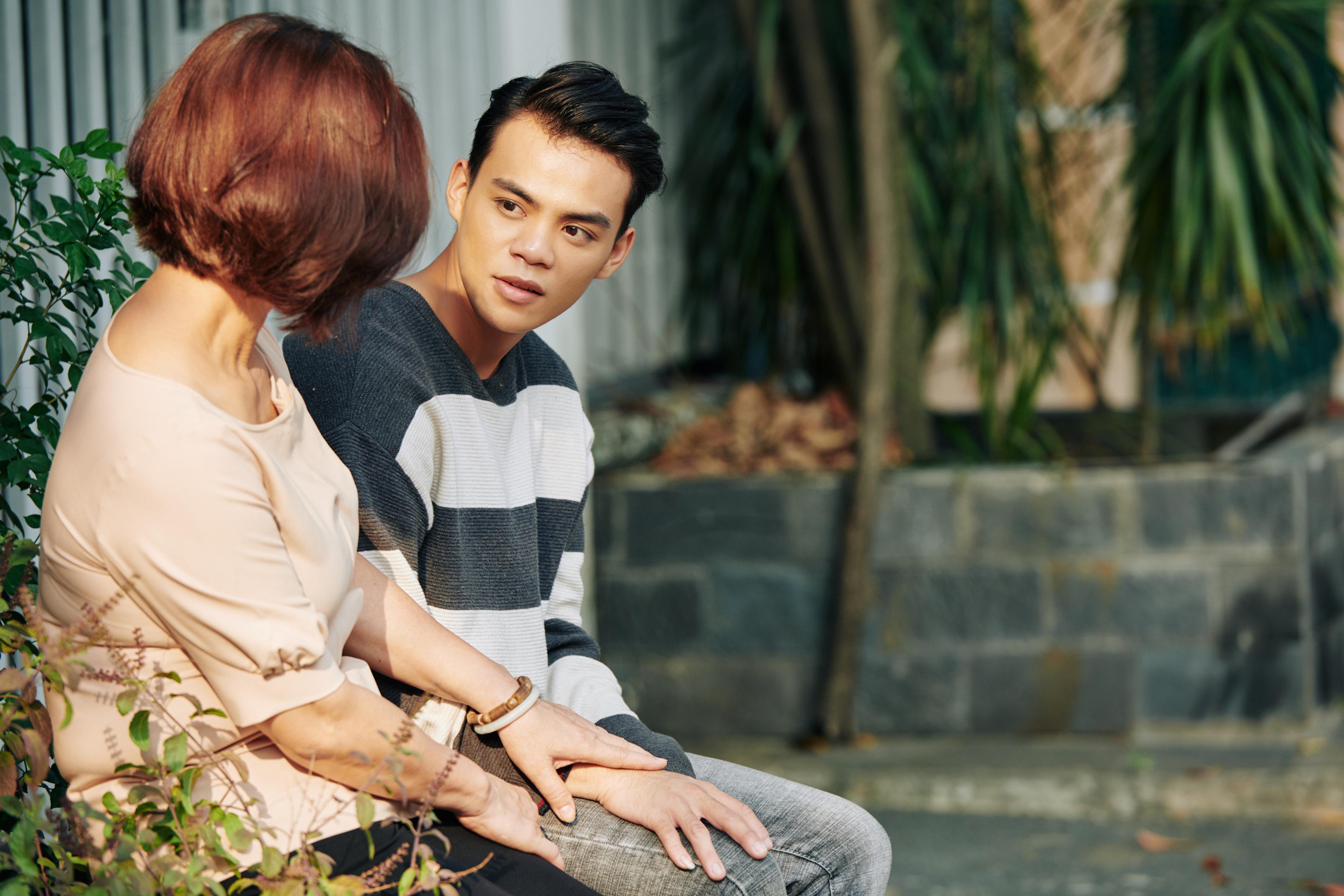Understanding Health Disparities Among Asian Americans and Pacific Islanders
Jake Newby
| 4 min read

Understanding Health Disparities Among Asian American and Pacific Islanders
Asian Pacific American Heritage Month is a time to honor the perseverance of Asian American and Pacific Islanders (AAPI) who made the courageous move to the United States in search of a better life.
Not only is May a time to celebrate the immeasurable impact the AAPI community – which encompasses a wide range of countries, ethnicities, nationalities, and identities – has made on our country’s progress, but it’s also a time to educate ourselves on the health and health care disparities this community faces. That way we can better understand their perspective and do our part to help reduce and reverse those disparities.
Asian American and Pacific Islander cancer disparities
Asian Americans face health disparities in chronic diseases like heart disease, cardiovascular disease and diabetes, osteoporosis, and mental health. But perhaps most notably, the AAPI community faces sharp disparities in cancer, which continues to be the leading cause of death among Asian Americans.
Liver cancer rates are up to 13 times higher among the AAPI community compared to white populations, despite accounting for roughly 6% of the U.S. population. Stomach cancer also occurs at higher rates within the Asian American community. Although stomach cancer screening is relatively uncommon in the U.S., Asian Americans concerned about their risk should discuss screening with their doctor.
- Breast cancer rates increase almost six-fold for Asian American women after immigrating to the U.S.
- Cervical cancer is five times greater in Vietnamese American women than non-Hispanic white women.
- Prostate cancer is the most diagnosed cancer and the fifth leading cause of cancer death.
- The liver cancer death rate is 60% higher in Asian Americans than Caucasians.
Liver cancer’s link to hepatitis B in the AAPI community
The Asian American Health Initiative states that Asian Americans account for 5% to 6% of the total U.S. population, yet still account for more than half the country’s chronic hepatitis B cases. It is estimated that 1 in 12 Asian Americans live with Hepatitis B, and those who are chronically infected with hepatitis B have a 25% to 40% lifetime risk of developing liver cancer. If any of the below risk factors apply to you, speak with your health care provider about getting the hepatitis B vaccine. Hepatitis B incidence has decreased by more than 50% since 1990 in the U.S. due to vaccination.
- Born in Asia or the Pacific Islands
- Born in the U.S., but not vaccinated at birth, and have one parent born in East or Southeast Asia, except for Japan, and the Pacific Islands
- Live in the same household with individuals with hepatitis B
- Sexual partners of people with hepatitis B
AAPI mental health
It is important to recognize that many different communities within the AAPI label face their own unique mental struggles. AAPI communities in the U.S. have had to struggle to reconcile their identities and challenges while recognizing the privilege that comes with the “model minority” myth. This is a stereotype perpetuated in movies and TV shows in which Asian Americans are perceived as particularly likely to succeed. Despite being a “positive stereotype” because it refers to a positive trait, the consequences of the stereotype are often negative. Younger AAPI adults also often deal with parental pressure to succeed in school.
Furthermore, the stigma surrounding mental health for Asian Americans make them the least likely racial group to take actions on their mental health; they are more likely to reach out to friends and family. However, not all AAPIs have a strong support system. They may have trouble expressing their challenges due to guilt, shame, or potential language barriers.
According to SAMHSA’s National Survey on Drug Use and Health, the following mental health issues are on the rise for AAPI young adults:
- Serious mental illness (SMI)
- Major depressive episodes
- Suicidal thoughts, plans, and attempts
Binge drinking, smoking (cigarettes and marijuana), illicit drug use and prescription pain reliever misuse are more frequent among AAPI adults with mental illnesses.
If you feel like you need help, the Asian American Psychological Association (AAPA) and the Asian & Pacific Islander American Health Forum are well-versed mental health resources available to AAPI communities online.
AAPI Disparities in health care
Despite high mortality rates, Asian Americans are screened for cancer at lower rates than most Americans. And when it comes to mental health, Asian Americans access mental health treatment at less than half the rate of other racial groups. It’s crucial for health care providers to understand the important cancer risks of the fastest-growing racial group in the country.
Whether it be a physical or mental health issue, creating awareness among physicians and office staff is an important step in building cultural competency and addressing gaps in care that may occur due to biases related to race, ethnicity, gender, sexual orientation, obesity or socioeconomic status. Blue Cross Blue Shield of Michigan’s (BCBSM) Unconscious Bias Education Program for physicians was launched to help reduce disparities in care. This is one key element of achieving health care equality for all Americans.
Photo credit: Getty Images





